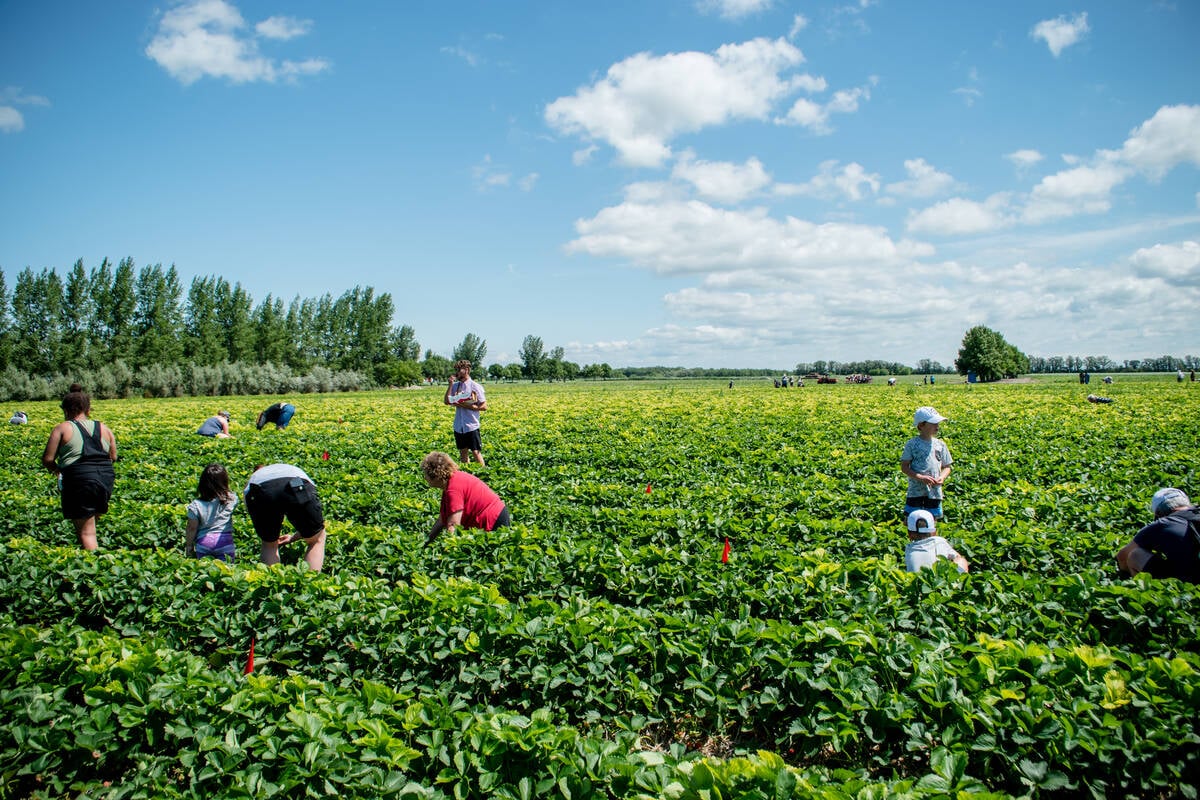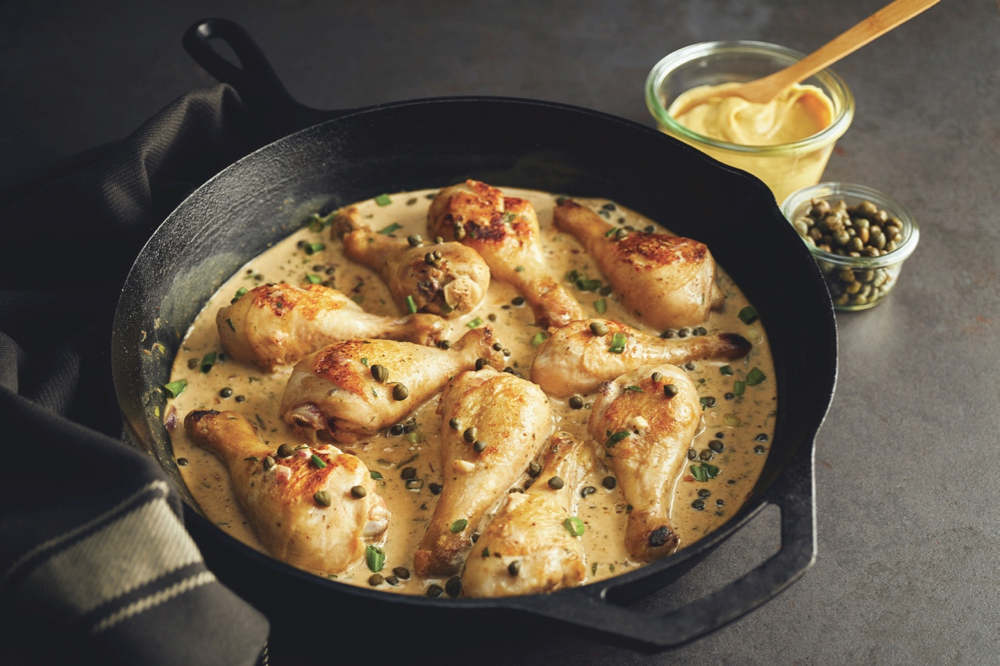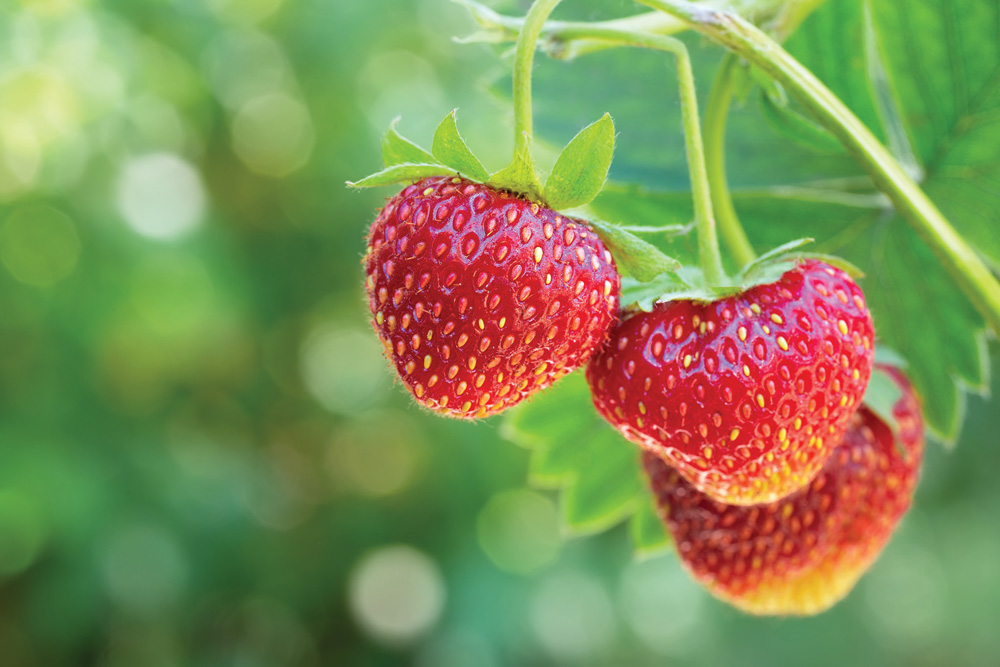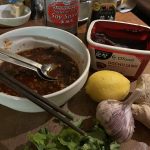A Winnipeg home economist and founder of Fruit Share has just released a new book on harvesting, preserving and using locally grown fruits that includes 150 recipes
More fruits of her labour
As a little girl, Getty Stewart loved all the fresh fruit growing on her parents’ farm in Germany. After emigrating to Canada with her family, she quickly learned to love the taste of Prairie-grown fruit too.
Later living in Winnipeg, she continued to buy local fruit at farmers’ markets and U-pick farms.
But the professional home economist was also troubled by something she saw in her neighbourhood — the amount of fruit she saw going to waste off people’s backyard bushes and trees.
Read Also

So you want to farm strawberries
If you’re considering starting or expanding a Prairie strawberry farm, autumn is the time to start sourcing and securing the plants and inputs you’ll need, a producer from one Alberta-based U-pick says.
It was on a day she spotted bags and bags of what were perfectly good eating apples bundled up next to a garbage bin that Stewart decided she had to find something to do with all this otherwise nutritious and delicious fruit.
She found it after reading about “fruit rescue” programs elsewhere in Canada and the U.S. that recruit volunteers to harvest and share surplus backyard fruit.
In 2010 Stewart founded Fruit Share, a community-based, voluntary organization connecting volunteers to pick fruit with homeowners who have ready-to-harvest fruit-bearing trees, bushes or rhubarb patches. Each time Fruit Share takes a call from someone with fruit to give away, volunteers are dispatched, pick it, then share it between themselves, the homeowner and a community group of their choosing, such as soup kitchens or seniors’ and child-care centres.
The volunteers with Fruit Share are a mix of ages and backgrounds, says Stewart, but many volunteer because they want to learn how to preserve local fruit.
Caught on quickly
Like so many things, Fruit Share started small, with 10 volunteers harvesting 1,600 lbs. of fruit in 2010. But this great idea has really caught on. As the season for 2012 starts up Stewart now has 200 volunteers signed up, and more calling all the time. And what a volume of fruit they’ve brought in — in 2011 they picked at 97 different sites around the city, harvesting a total of 7,300 lbs. of fruit — cherries, currants, pears, apples, crabapples, grapes, rhubarb and even a few plums and apricots.
Stewart says volunteers are a mix of ages and backgrounds, but they all want to share what they know about harvesting and using local fruit, or, as is the case of their younger volunteers, to learn themselves.
“We have lots of 20- and 30-year-olds who have heard stories of mothers or grandmothers using it and they want to learn now,” she says. They’re now making jams and jellies, pies and preserves with what would otherwise be thousands of pounds of locally grown, delicious and nutritious fruit utterly wasted.
But there’s still much fruit going to waste, says Stewart. “It’s almost like a forgotten treasure. It’s there and we don’t realize how good it is,” she says, adding she’d be glad to help jump-start other initiatives if a local group wants to do the same thing in other communities.
Prairie Fruit Cookbook — The Essential Guide For Picking, Preserving and Preparing Fruit is the most recent fruit of Stewart’s labours. Released this spring, it tells the story of Fruit Share, and has how-to sections devoted to freezing, canning and dehydrating fruit plus information on where to donate fruit and even “donating etiquette.” There are 150 recipes for apples and crabapples, grapes, pears, plums and apricots, Prairie cherries, raspberries, rhubarb, strawberries and saskatoons. And while saskatoons aren’t being gathered in any large volumes by Fruit Share volunteers, Stewart knew no how-to book on Prairie fruit was complete without recipes for this iconic fruit.
You’ll enjoy the recipes in Prairie Fruit Cookbook and you’ll be inspired by the story it tells. Plus, you’ll never look at another unharvested tree or fruit bush the same way again. Let’s see more of us make our backyards and the public spaces in our communities edible!
Prairie Fruit Cookbook — The Essential Guide For Picking, Preserving and Preparing Fruit will be launched April 30 at McNally Robinson Booksellers in Winnipeg and will be for sale for $20.95 (including GST). It can also be ordered online at www.prairiefruit.ca for $19.95 plus cost of shipping and GST. The coil-bound recipe book will be available at special discount for bulk purchases by groups or organizations for promotional, fundraising and educational purposes. Bulk purchase information is also posted on the website. A portion of proceeds of this book will be donated to charities.
Here are two wonderful recipes you’ll find in Prairie Fruit Cookbook.
Rhubarb Oat Bars
This sweet little bar is a first taste of spring!
To make filling: In saucepan, cook rhubarb (thaw and drain frozen rhubarb) and lemon juice, stirring occasionally, until fruit is tender (8 to 12 minutes). Mix sugar, cornstarch and cinnamon. Stir into rhubarb. Continue cooking, stirring constantly, until mixture boils and thickens. Remove from heat and set aside.
To make crust: Preheat oven to 350 F. Combine flours, oats, brown sugar, baking soda, salt and cinnamon. Cut in butter until the mixture resembles coarse crumbs. Set aside 1-1/2 c. of crumbs for top. Press remaining crumbs into bottom of 9×13-inch pan. Spread filling evenly over crust. Sprinkle reserved crumbs on top. Bake until golden brown, about 30 to 35 minutes. Remove from oven and set pan on wire rack to cool completely. Mix icing sugar and just enough milk for the glaze to flow easily. Drizzle mixture over the cooled bars, before cutting. Makes 18 to 24 pieces.
This is an easy-to-make gluten-free snack you can make by dehydration.
- 1 c. almonds3 apples1/4 c. apple jelly or honey2 tbsp. cocoa powder (optional)1 tsp. cinnamon1/4 tsp. nutmeg1/2 tsp. almond extract
Grind almonds in a food processor until fine. Transfer ground almonds to a bowl. Core and slice apples into quarters (no need to peel). Add apples to food processor and process until fine. Add chopped apples and remainder of ingredients to almonds. For chocolate version, omit cinnamon and nutmeg and replace with cocoa powder. Blend well. Spread mix on lined dehydrator screens at least 1/4 to 1/2 inch thick. Score and separate the mix into bar shapes. Dehydrate at 115 F (46 C) for 20 to 24 hours, flipping bars halfway through. Bars should be dry throughout but still pliable. Cool completely and store tightly sealed in a dry, dark place for several months.Makes 18 to 24 bars.
Source: Prairie Fruit Cookbook
- Filling:3 c. rhubarb, chopped (fresh or frozen)1 tbsp. lemon juice1/2 c. sugar2 tbsp. cornstarch1 tsp. cinnamon
- Crust:3/4 c. whole wheat flour3/4 c. all-purpose flour1-1/2 c. large-flake oats1/2 c. brown sugar1/2 tsp. baking soda1/4 tsp. salt1 tsp. cinnamon3/4 c. butter, softened3/4 c. icing sugar1 – 2 tbsp. milk















